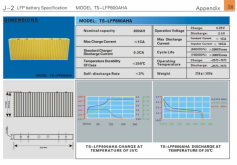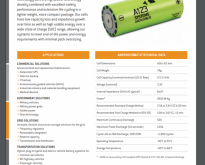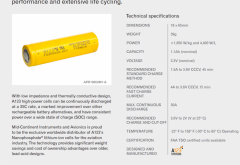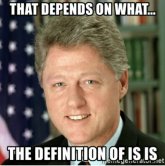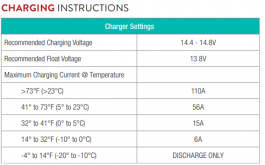ghostwriter66
"Here - Hold my Beer"
So i am looking for actual documentation. @Will Prowse video yesterday he was saying that BigBattery told him (and its ON their website) that their LISCHEN LiFePO4 batteries can be charged at: -20°C – 55°C. One of my guys called today and BB was of no help -- lot of well my sister's boyfriend neighbor knew a guy that said this or that but no spec sheet. LiFePO4 is a CHEMISTRY. Chemistry does NOT change because you simply put it in a different case. SOOO either 2 things are wrong - either my corporate R&D guys are waaaay behind pushing this info out to the field -- or BigBattery is pulling the wool over @Will Prowse and causing him to misinform millions of folks ... personally i would just like to see the test sheet they used ... NOW don't get me wrong -- YES we charge our LiFePO4 batteries when its well below 0C BUT its such a minor trickle charge - like 0.01C (don't quote me) ... BUT thats NOT what BB is saying ... they are saying that you can charge them normally at -20C ...
If anyone has any real info please let me know ...
https://bigbattery.com/product/12v-lifepo4-power-block/?ref=8 clearly states its LiFePO4 and clearly says charges down to -20C
If anyone has any real info please let me know ...
https://bigbattery.com/product/12v-lifepo4-power-block/?ref=8 clearly states its LiFePO4 and clearly says charges down to -20C




